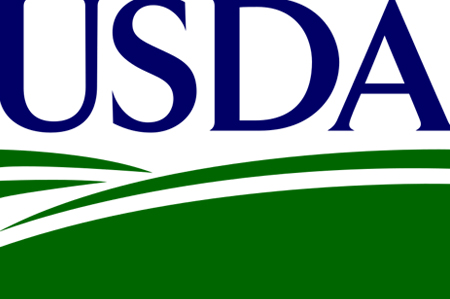Crop Progress Report Shows it’s Not a Normal September for Upper Midwest Farmers
Category: USDA

(Agweek) – Normally in the middle of September, Upper Midwest farmers have finished, or nearly finished, their small grains harvest and are just beginning to harvest other crops that were planted later.
This isn’t a normal September. The area’s wheat harvest remains well behind schedule, and corn and soybeans aren’t nearly as mature as they should be.
The weekly crop progress report, reflecting conditions Sept. 8 and released Sept. 9 by the National Agricultural Statistics Service, an arm of the U.S. Department of Agriculture, confirms that farmers overall have a lot work ahead in this harvest season.
One example: North Dakota farmers had harvested 68% of their spring wheat on Sept. 8, down from the five-year average or 83% for that date.
Here’s a closer look at wheat, corn and soybeans, the region’s three major crops.
Spring wheat
Montana: 62% of the crop was harvested by Sept. 8, down from the five-year average of 86% for that date.
Minnesota: 78% of spring wheat was combined by Sept. 8, compared with the five-year average of 90%.
North Dakota: 68% of the crop was harvested by Sept. 8, down from the five-year average of 83%.
South Dakota: 91% of the crop was harvested by Sept. 8, down from the five-year average of 96%.
Corn
Minnesota: 42% of corn had reached the dented stage by Sept. 8, down from the five-year average of 76%; 55% of the crop was rated good or excellent, the rest fair to very poor.
North Dakota: Just 25% of the crop had reached dent stage by Sept. 8, compared with the five-year average of 63%; 74% of the crop was in good or excellent shape, the rest fair to very poor.
South Dakota: 35% of corn had reached dent stage by Sept. 8, down from the five-year average of 71%.; 69% of the crop was rated good or excellent, the rest fair to very poor.
Soybeans
The percentage of soybean plants that had set podsby Sept. 8 in the Upper Midwest was close to the five-year average. But that’s misleading: previous weekly crop reports show that many of the pods set unusually late and are less mature than usual for September. So the beans in the pods will need more time to develop normally.
North Dakota: 66% of soybeans was in good or excellent condition, the rest fair to very poor.
South Dakota: 65% of beans was rated good or excellent, the rest fair to very poor.
Minnesota: 59% of the crop was in good or excellent shape, the rest fair to very poor.

